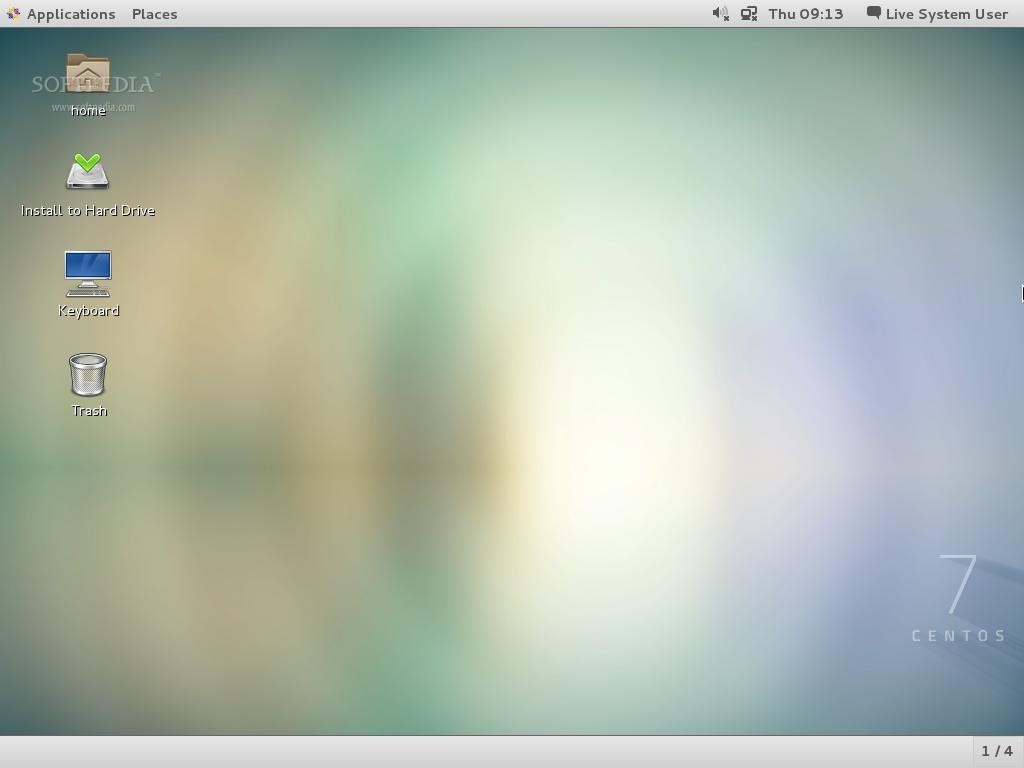



Use the CA fingerprint editĬopy the fingerprint value that’s output to your terminal when Elasticsearch starts, andĬonfigure your client to use this fingerprint to establish trust when itįingerprint of the security certificate by running the following command.

To your machine and configure your client to use it. If the auto-configuration process already completed, you can still obtain theįingerprint of the security certificate. Other clients can establish trust by using either the fingerprint of the CAĬertificate or the CA certificate itself. Fleet Server and Fleet-managedĮlastic Agents are automatically configured to trust the CA certificate. Any clients that connect to Elasticsearch,īeats, standalone Elastic Agents, and Logstash must validate that they trust theĬertificate that Elasticsearch uses for HTTPS. You can download a tarball and build from source, or use a 3rd-party repository such as the IUS Community Project to obtain a more recent version of git.The hex-encoded SHA-256 fingerprint of thisĬertificate is also output to the terminal. RHEL and derivatives typically ship older versions of git. Gentoo # emerge -ask -verbose dev-vcs/git Arch Linux # pacman -S git openSUSE # zypper install git Mageia # urpmi git Nix/NixOS # nix-env -i git FreeBSD # pkg install git Solaris 9/10/11 ( OpenCSW) # pkgutil -i git Solaris 11 Express # pkg install developer/versioning/git OpenBSD # pkg_add git Alpine $ apk add git Red Hat Enterprise Linux, Oracle Linux, CentOS, Scientific Linux, et al. If you prefer to build fromįor the latest stable version for your release of Debian/Ubuntu # apt-get install gitįor Ubuntu, this PPA provides the latest stable upstream Git version # add-apt-repository ppa:git-core/ppa # apt update apt install git Fedora # yum install git (up to Fedora 21) It is easiest to install Git on Linux using the preferred package


 0 kommentar(er)
0 kommentar(er)
